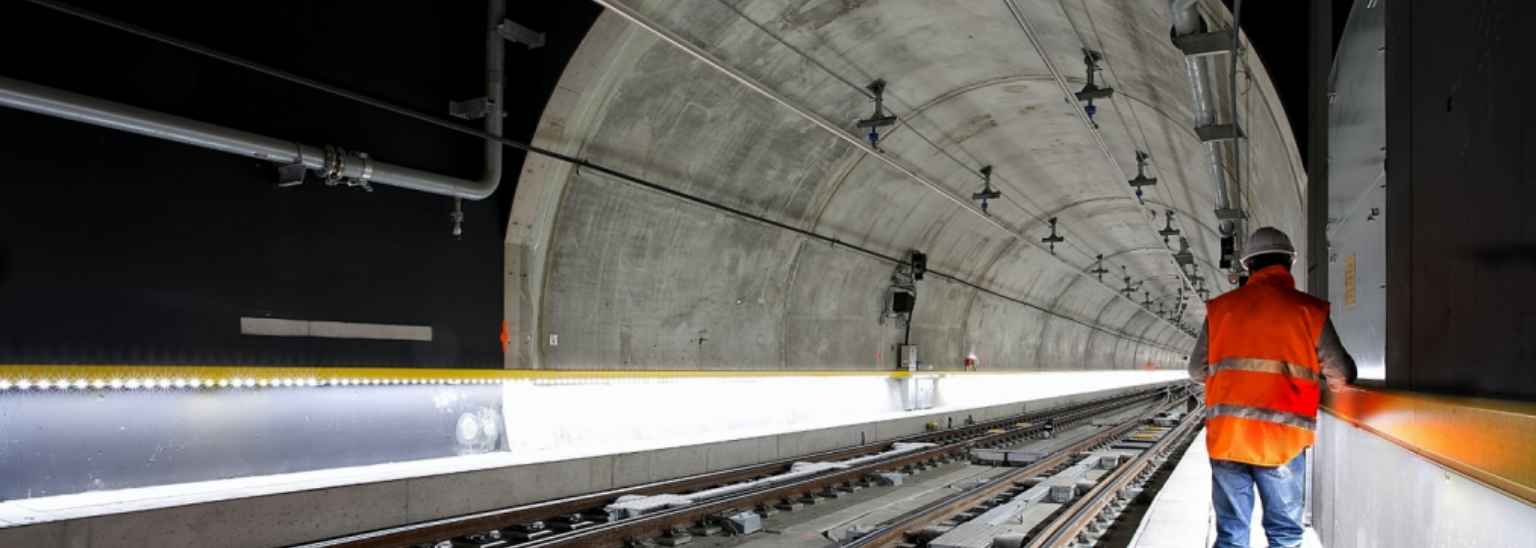Safety systems, processes and culture all have vital roles to play in improving business safety performance. Huw Bement, director at certification body CompEx discusses how that correlates to financial performance, and whether companies recognise the closely associated value of safety training and certification.
The importance of health and safety
Since joining CompEx at the beginning of the year Covid-19 has dominated every aspect of our operations. However, as I continue to talk to our stakeholders I have been struck by the varying responses to the pandemic. No organisation has escaped unscathed but anecdottally, the resilience that some businesses have shown is the result of a deeply embedded culture of safety leadership and an ability to respond in a coordinated and effective way.
I was recently told that in a recent study estimated that a staggering 365,000 deaths per year – 1,000 deaths per day – occur as a result of accidents in the workplace. In many cases the related incidents reflect a complete absence of any form of safety risk mitigation, but serious accidents do still occur in companies with well-structured HSE management systems and processes in place.
In some instances, this may be the result of a risk mitigation approach that places excessive emphasis on reactive rather than proactive measures, in effect planning to put a fire out rather than preventing it in the first place.
More generally, as expressed in a report on safety in the mining industry, ‘corporate safety standards and systems are often dependent on the culture into which they are received, and that culture can indeed eat systems for breakfast’. So it is no wonder that in light of findings such as these, it is increasingly accepted that the right safety culture in a company has a vital role to play in enabling the most effective implementation of its HSE management system, as well as encouraging staff to enhance the robustness of the system itself.
Investing in safety training
There is a very strong parallel between the requirements of a proactive Lean culture; where staff at the working level are expected to identify improvements in their working processes and empowered to intervene where there are problems; and a proactive safety culture. Someone who works on a production line has the best knowledge of problems on the line and important insights on how to fix them, whether those problems relate to safety or, for example, the amount of waste being generated. Getting frontline staff engaged in this way is a great enabler of a transition from a reactive compliance-based culture to one that is proactively problem solving, where staff are always seeking further improvements.
Good safety really does mean better business performance, and this is increasingly recognised across industries. Over the years my observation has been that safety conscious operations deliver projects on-time and cost effectively. Of course, there are always exceptions to the rule.
Most companies act responsibly and strive to keep their personnel safe; many have robust HSE management systems in place as well as strong aspirations to reach the highest level of safety culture. However, even in high performing companies, it can still be challenging to gain acceptance of the need to invest in safety training such as that provided through the CompEx scheme.
As a consequence, many businesses fail to build resilience against identified risks where they do not perceive the likelihood of those risks to justify higher investment. Explicit objections may include ‘We can’t afford the time or money for the course’. More implicitly, they take unjustified reassurance from their historic safety performance: ‘We haven’t had any explosions before, so we won’t have them in future’.
Since March, I have reflected that my own risk register did not conceive of a scenario where a global health pandemic would lead to complete disruption of business operations. But that is to perhaps miss the point. Resilient organisations develop a culture that expects the unexpected and management provides clear safety leadership that empowers employees with the skills and training they need.
Economic downturns inevitably lead to belt tightening and the training budget is often the poor relation when trading conditions are volatile and challenging. Training isn’t a bolt on, or an ad hoc responsibility that is abdicated to colleagues in other departments. Training is a direct response to ensure that employees and contractors have the right competencies to carry out critical tasks, effectively, efficiently, and safely. Competency certification is not because we “have to do it” but because it adds value, develops resilience, and establishes a commitment to continuous improvement.
2020 has certainly been a year like no other. The Covid-19 pandemic has demonstrated that good health and safety practice and a competent workforce is more vital than ever. As we continue to adapt our operations to provide Covid secure work places, a proactive safety culture that invests in skills development will be an important factor in a sustained recovery.
